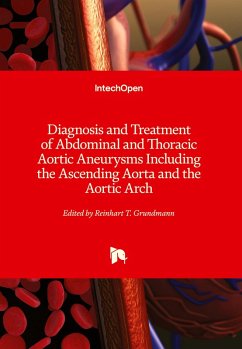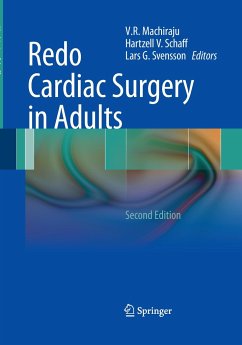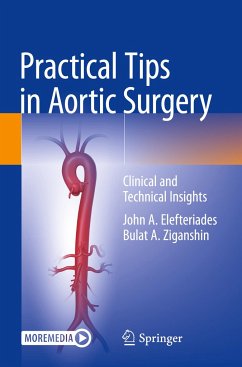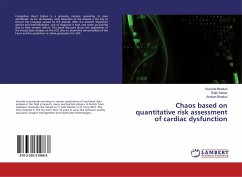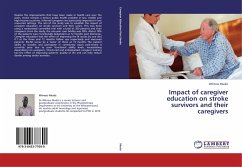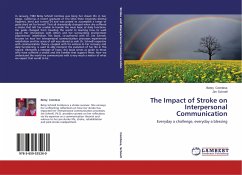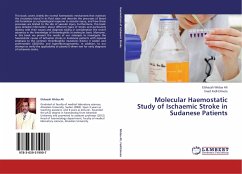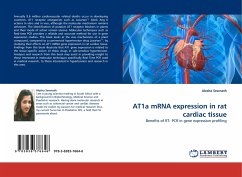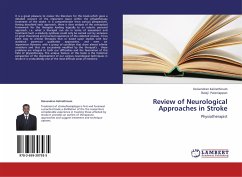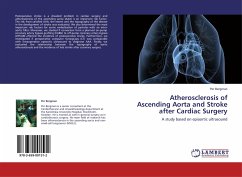
Atherosclerosis of Ascending Aorta and Stroke after Cardiac Surgery
A study based on epiaortic ultrasound
Versandkostenfrei!
Versandfertig in 6-10 Tagen
32,99 €
inkl. MwSt.

PAYBACK Punkte
16 °P sammeln!
Postoperative stroke is a dreaded problem in cardiac surgery and atherosclerosis of the ascending aorta (AAA) is an important risk factor. The risk from calcified AAA, the extent and the topography of the disease in the development of stroke was evaluated. We also determined the most important risk factors for aortic embolization of particles with an intra-aortic filter. Moreover, we studied if conversion from a planned on-pump coronary artery bypass grafting (CABG) to off-pump coronary artery bypass (OPCAB) affected the incidence of postoperative stroke. Furthermore, we investigated if preope...
Postoperative stroke is a dreaded problem in cardiac surgery and atherosclerosis of the ascending aorta (AAA) is an important risk factor. The risk from calcified AAA, the extent and the topography of the disease in the development of stroke was evaluated. We also determined the most important risk factors for aortic embolization of particles with an intra-aortic filter. Moreover, we studied if conversion from a planned on-pump coronary artery bypass grafting (CABG) to off-pump coronary artery bypass (OPCAB) affected the incidence of postoperative stroke. Furthermore, we investigated if preoperative computer tomograpy (CT) was comparable with intraoperative epiaortic ultrasound to diagnose AAA. Finally, we evaluated the relationship between the topography of aortic atherosclerosis and the incidence of late stroke after coronary surgery.



